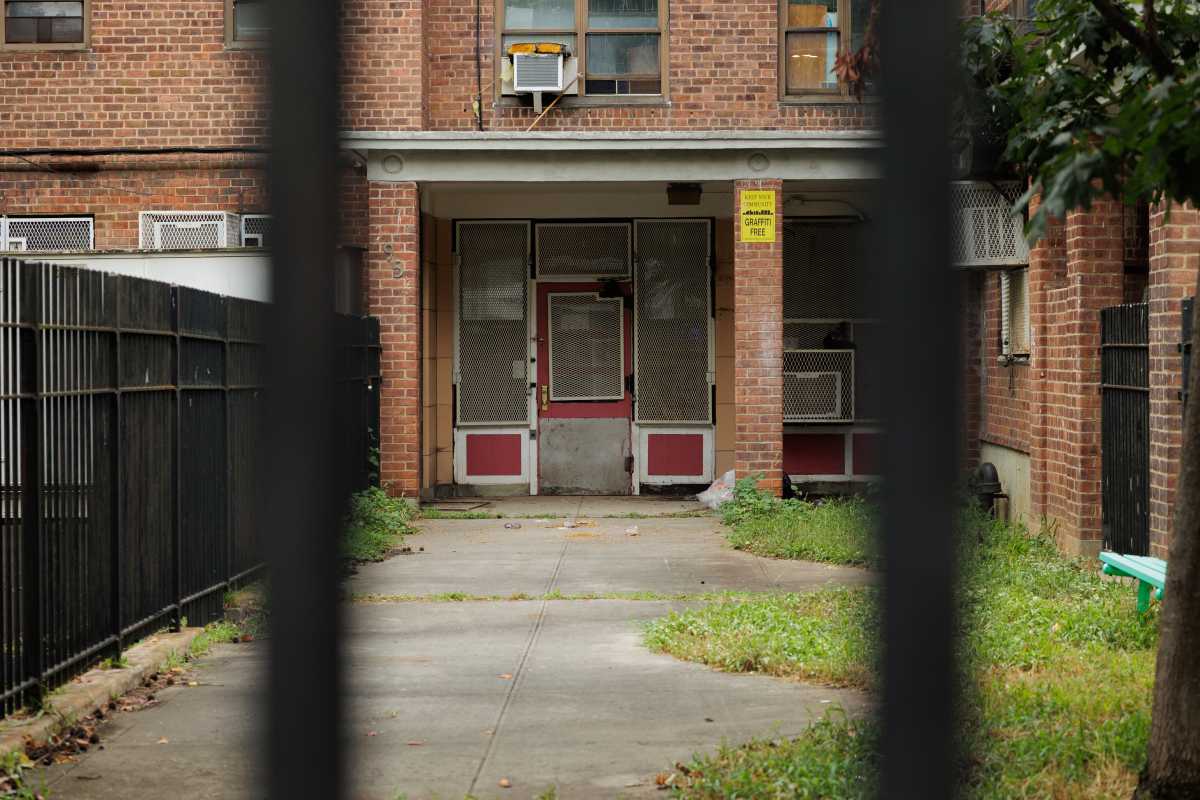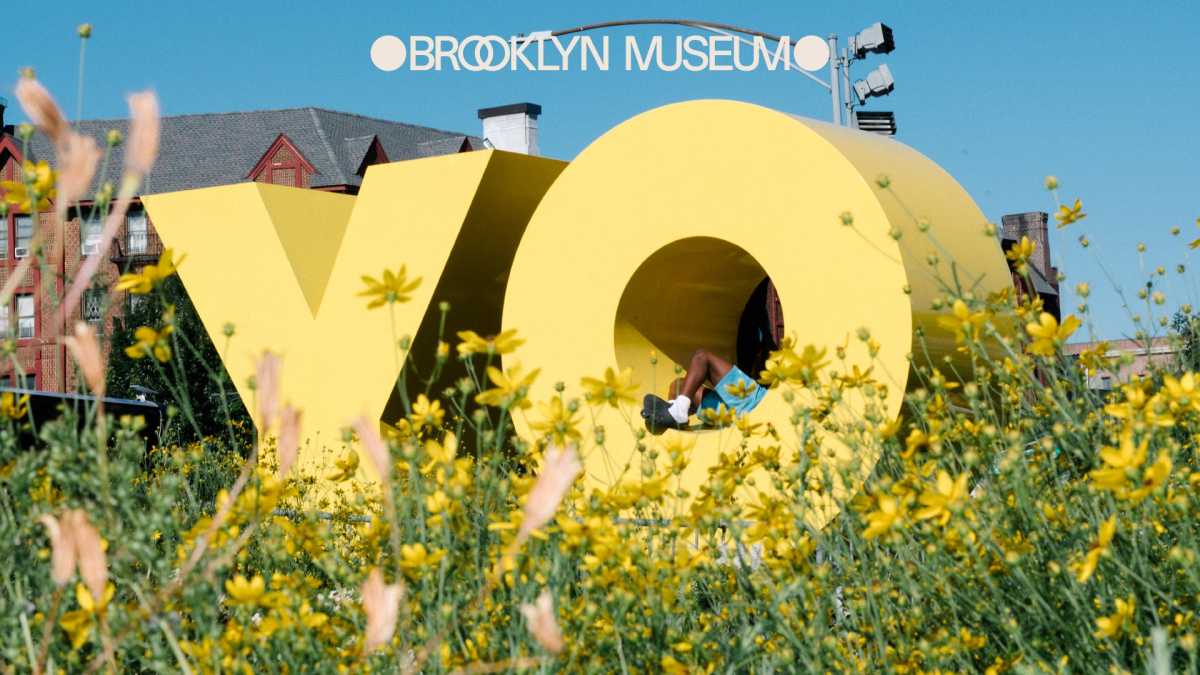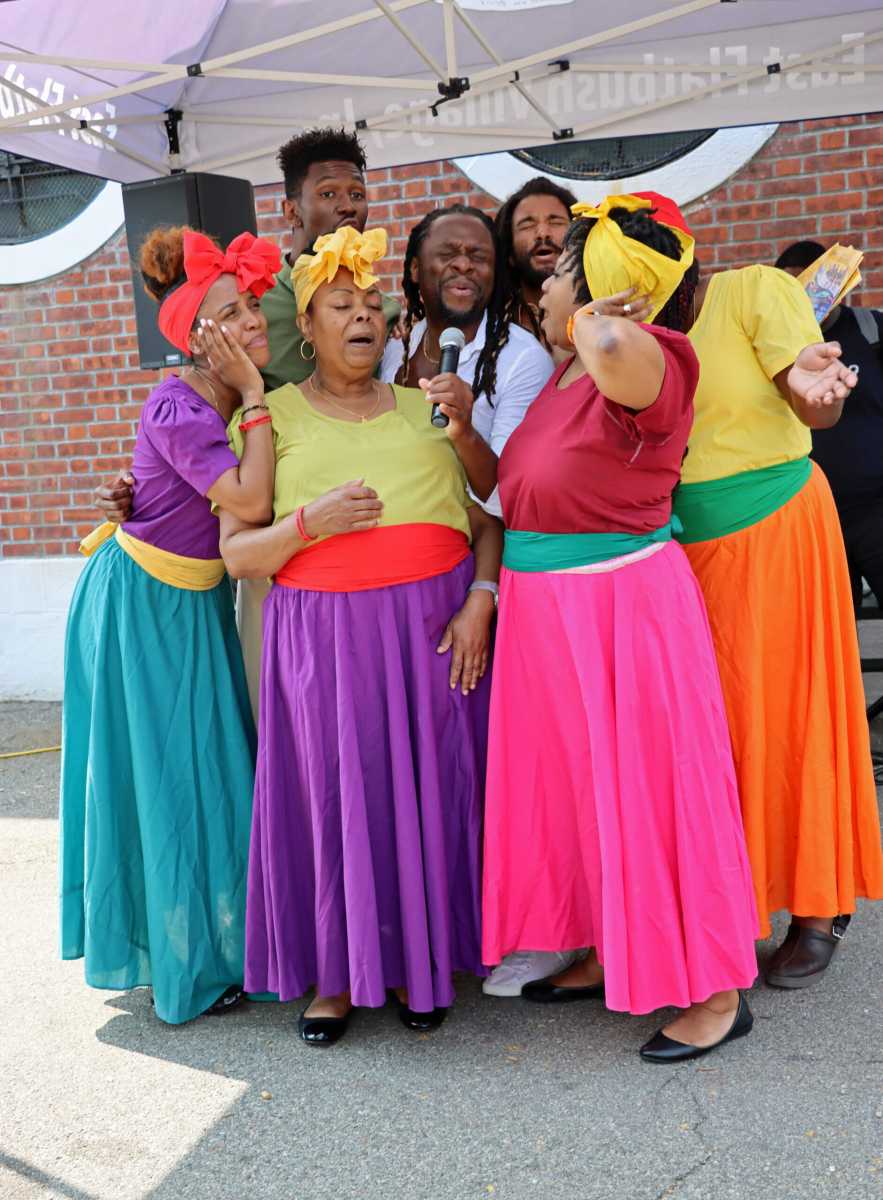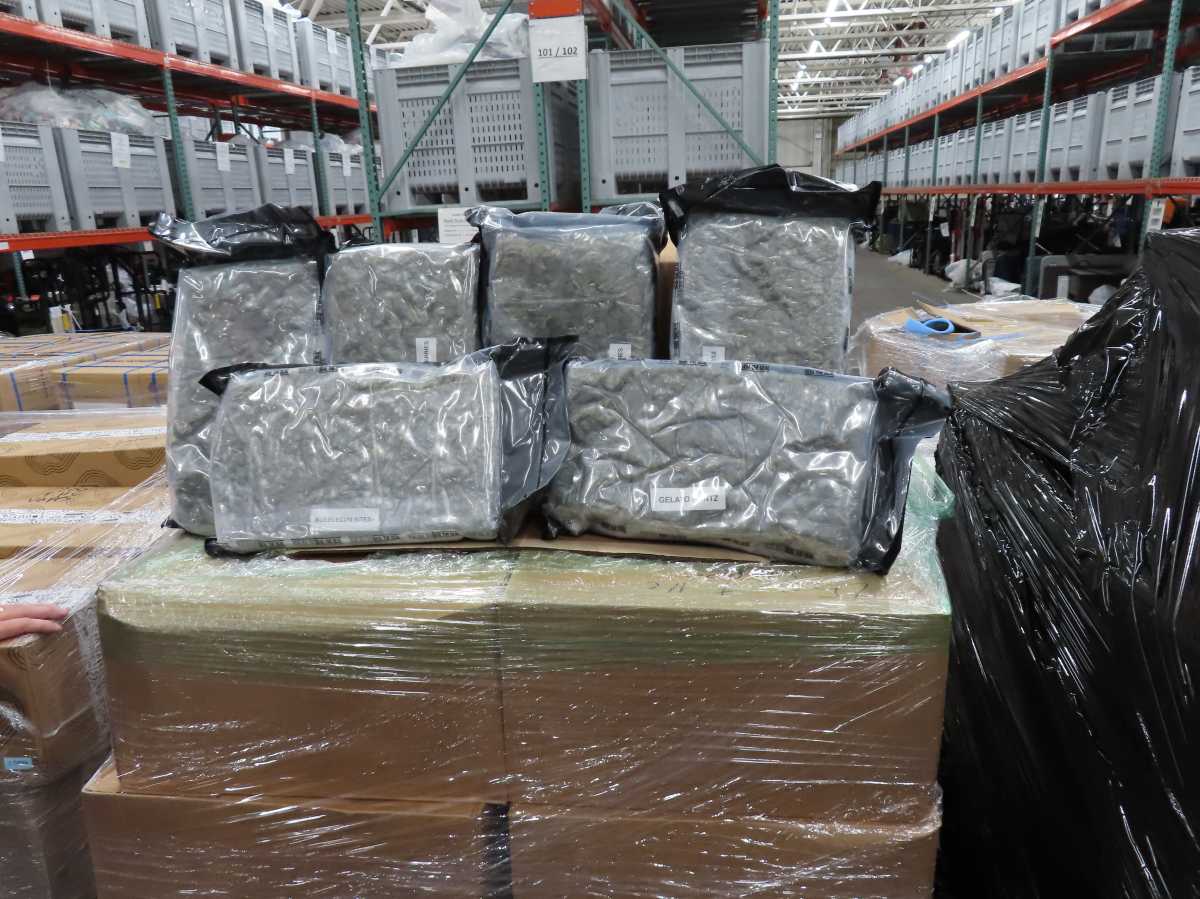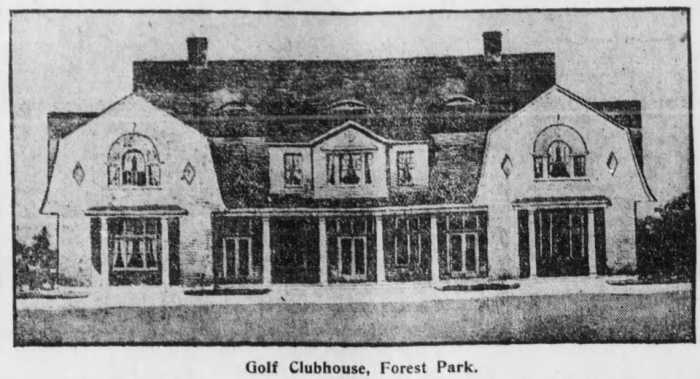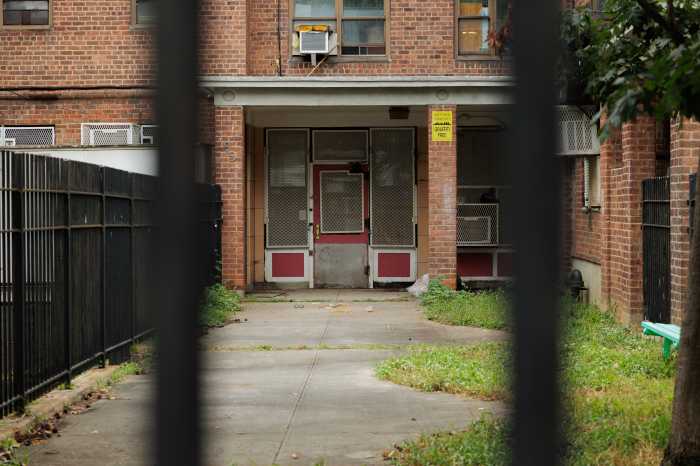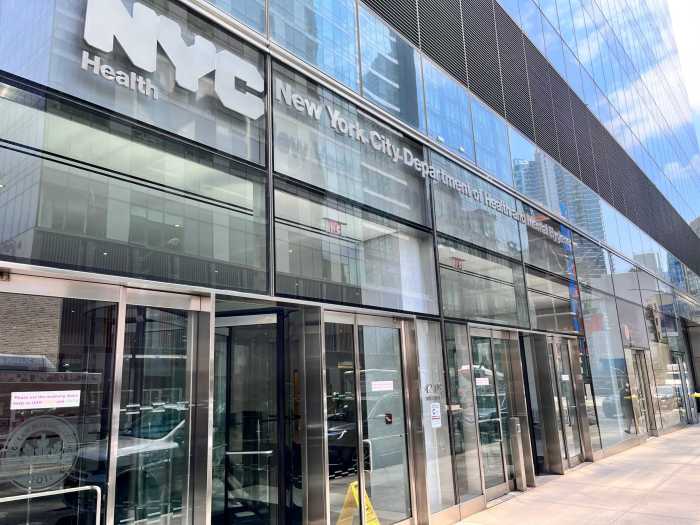By Rania Richardson
Fourth Annual Tribeca Film Festival gets underway
Cannes has glamour. Sundance has bidding wars. The entire New York Film Festival has the attention of the press. The Tribeca Film Festival?
With the original aim of revitalizing downtown New York after the blight of 9/11, the festival brought audiences and dollars to the scarred neighborhood. Now that Tribeca and the surrounding communities have been brought back to life, the festival can find its permanent place in the film festival firmament. As it continues to evolve, the festival broadens the scope of its vision and considers the needs of the film industry.
Industry insiders agree that this year holds a more meaningful slate of films, with the gala opening night film an indication of a new seriousness in programming. Sydney Pollack’s “The Interpreter” carries more heft than last year’s opener “Raising Helen,” which critics described as a television sitcom. Pollack’s thriller is the first film to be shot in United Nations Headquarters. In return for access to the peacekeeping institution, the producers agreed to shoot the movie in New York City, with New York City crews.
Another change in the festival is the advancement of the schedule by about a week. “We’re happy it’s moved out of the shadow of Cannes,” says Paramount Classics co-president Ruth Vitale, referring to the essential festival in France that runs for two weeks in May. She and her partner, David Dinerstein will be able to attend the Tribeca Film Festival for the first time this year. “There are lots of regional film festivals, but not at this caliber,” she says.
There will be a free outdoor screening of the Paramount Classics “Mad Hot Ballroom.” The documentary was produced by Tribeca resident Amy Sewell and directed by her friend Marilyn Agrelo and features students from P.S. 150. It follows children from PS 150 as well as two other New York City public schools as they compete in a dance competition.
Another Paramount Classics film is “Asylum,” a thriller starring Natasha Richardson, by Scottish filmmaker David Mackenzie (“Young Adam”). In addition to seeing the festival as a launching pad for upcoming releases, Vitale sees it as a market to find new films for acquisition. Last year, her company bought Josh Sternfeld’s debut feature, “Winter Solstice,” and just recently released it in theaters.
Not all film buyers agree that Tribeca is a significant market to find new work, and there have been noticeably fewer business deals made with filmmakers, than at other high profile festivals. Only a handful were picked up in the festival’s first three years. “Why does there need to be a market component?” asks Mark Urman, head of theatrical distribution at ThinkFilm. “It was conceived for the people as a community event, which is a worthwhile and noble goal for a festival.”
WWW Downtown Express
















